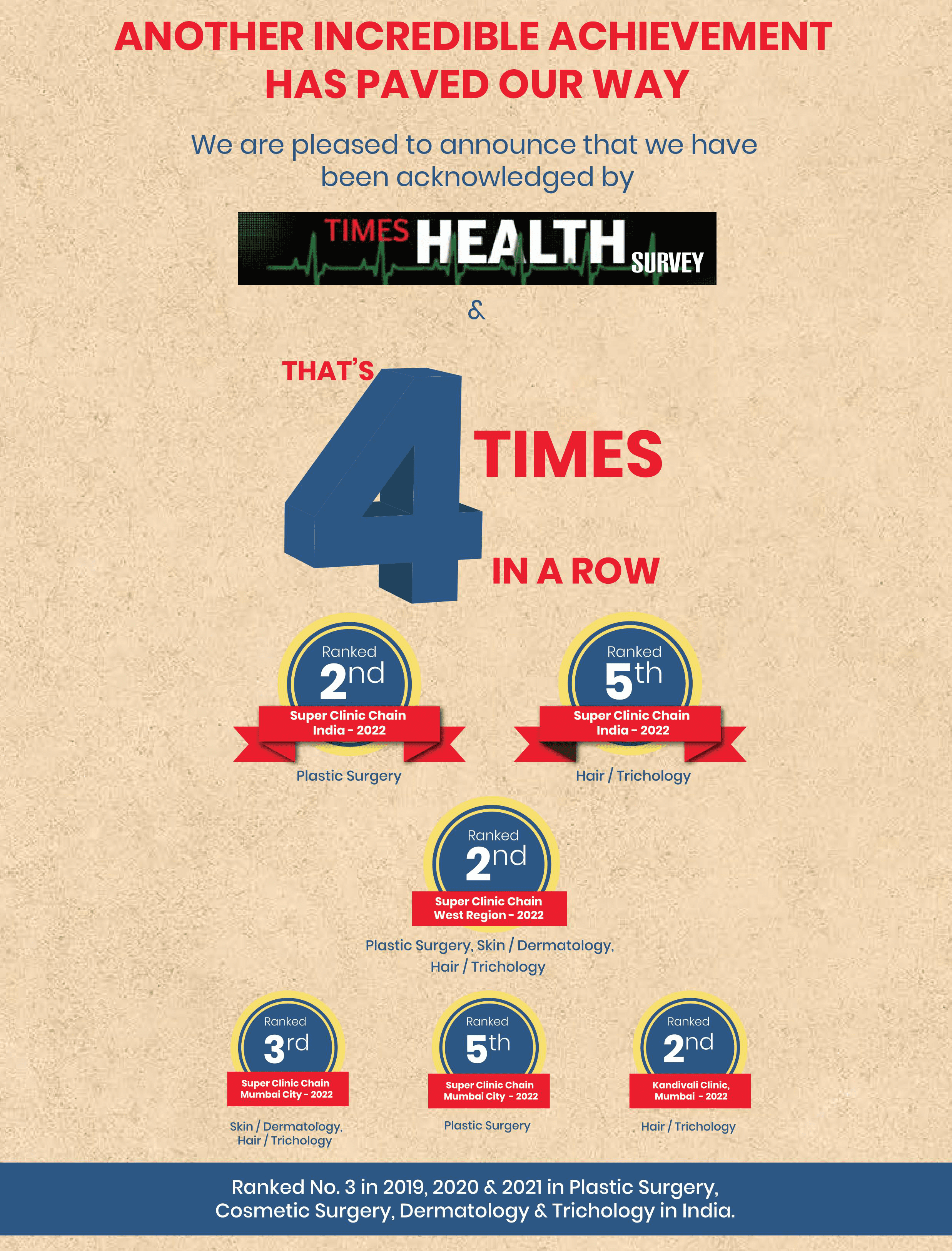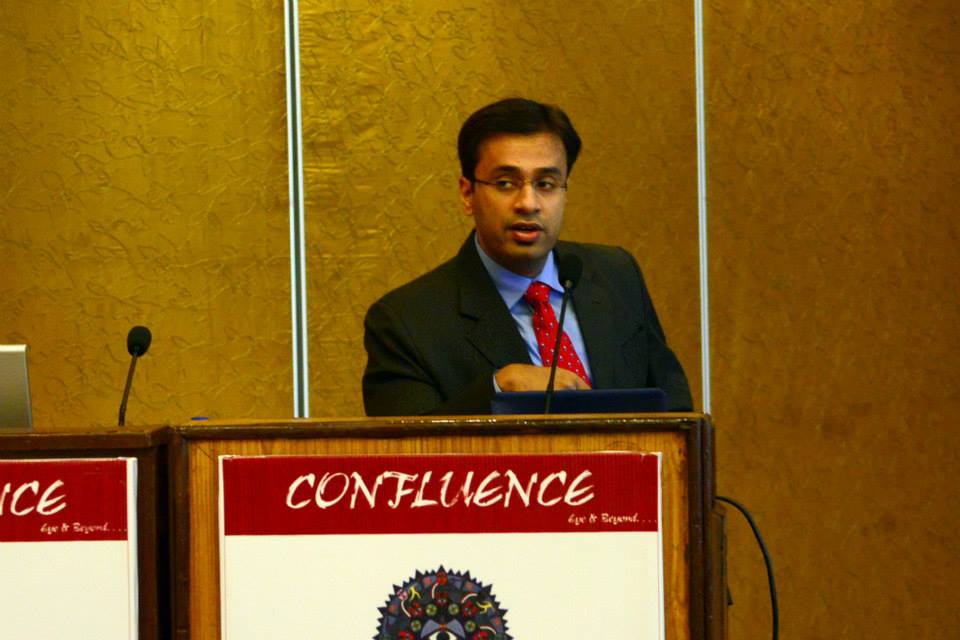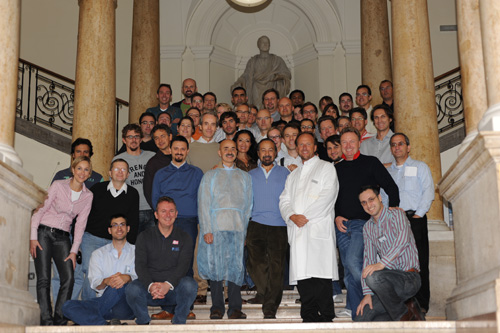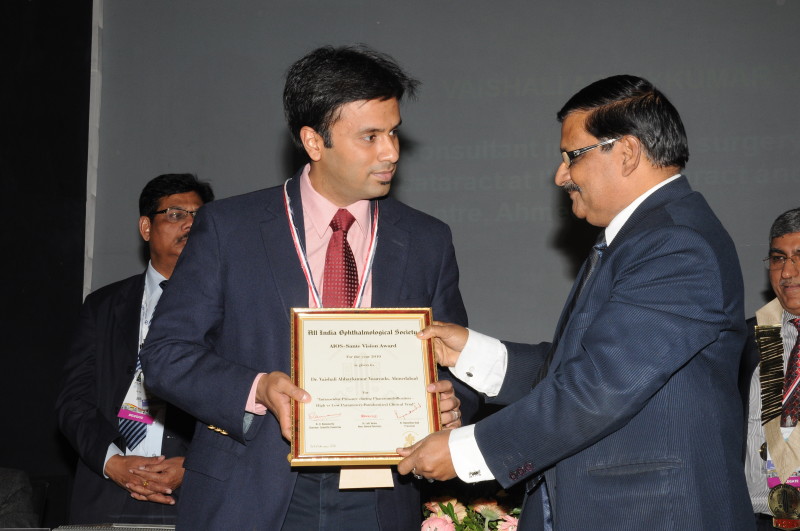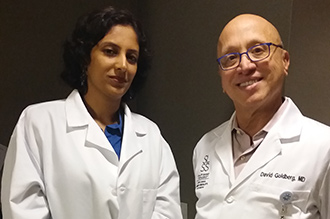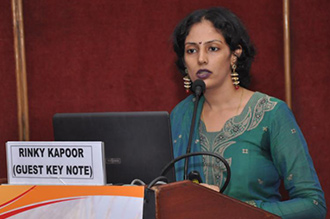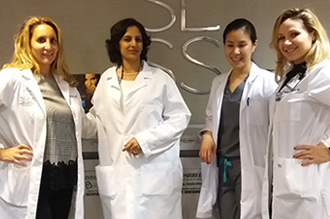Blepharospasm refers to a condition wherein the eyes blink abnormally or spasmodically closes. At the onset, the vision of the patient is impaired as the eyes move uncoordinatedly – from moderate twitching to severe contractions of the eye. More notably, blepharospasm is classified as focal dystonia which describes a group of conditions that affect only a part of the body and are characterized by the unintended, irregular, sustained contractions of the muscle. Concerning blepharospasm; the part that is normally affected is the orbicularis oculi, the facial muscle responsible for closing the eyelids. On average, a person can bat an eyelid 10 – 20 times every minute. Blepharospasm affects 5 in every 100,000 persons, with the older population – 60 years of age is reported as frequently reported age of its development – being more susceptible. Plus, the condition is more predominant among women than men.
There are two types of blepharospasm – Primary blepharospasm and Secondary blepharospasm.
The diagnosis of blepharospasm needs to be done with careful considerations of its similarity with other conditions like ptosis, hemifacial spasm, Tourette syndrome, oromandibular dystonia and myasthenia gravis. As such, it is crucial that you visit a top clinic where you can consult with an experienced medical practitioner that can accurately analyse your condition. The specialist will closely examine your eyes to identify relevant symptoms to your medical history in order to make an informed evaluation and diagnosis.
There are surgical and non-surgical interventions that have been employed in the treatment of blepharospasm. Activities such as singing, sleeping, talking, humming, and relaxation can help in alleviating the effects of blepharospasm to varying degrees. As per the non-surgical interventions, Botox injections are among the first-line treatment measures. The injections are usually placed around different spots along the lower and upper eyelids. Although these injections have registered significant positive outcomes, they are not without side effects – ranging from dry eye, eyelid drooping, and double vision. Again, patients placed solely on Botox therapy will often require that you take another dose of the injection every 3 – 4 months. Some medications like lorazepam, artane, and clonazepam have given positive outcomes when used in the management of blepharospasm. Drugs are often recommended to patients that are not responsive to Botox injection. Besides all these therapies, the generation of artificial tears and having traction on the eyelids have been found to be useful in the management of the condition.
Myectomy: Myectomy, which hinges on the removal of the orbicularis oculi muscle, is widely regarded as the most effective therapeutic intervention for the treatment of blepharospasm, and several cosmetic surgeons have successfully performed this operation on their patients. It should be noted that myectomy may also involve the other muscles – specifically the procerus and corrugator muscles – associated with the eyes. As a matter of emphasis, myectomy can be done from either the lower or upper eyelid, but it should be with both (eyelids) at the same time. Additionally, the one through the upper eyelid is usually done first.
The procedure is performed under general anaesthesia, and the plastic surgeon will make an incision over the upper eyelid crease to gain access to the entire upper eyelid orbicularis oculi, some portion of the lower lid orbicularis oculi, the procerus, and corrugator muscles. The orbicularis oculi are then excised. The surgeon now moves to dissect along the skin and the pretarsal orbicularis muscle, leaving some part of the latter to ensure the preservation of the eyelid margin. The remaining pretarsal orbicularis muscle is then excised. Further dissection is done along the area between the skin and the muscle as the plastic surgeon aims to get to the lateral orbicularis. Before this, however, the preseptal and orbital orbicularis would have been excised. The surgical areas are then closed up with sutures. For cosmetic reasons, the plastic surgeon may apply techniques such as retro-orbicularis oculi fat pad repositioning and sculpting. The protocol summarized here is the full upper myectomy. Nevertheless, the partial upper myectomy approach may be adopted to supplement other treatment courses like Botox for the improved restorative outcome. The recovery time for myectomy is generally between 6 – 12 months, with patients that undergo partial (upper) myectomy being able to recover faster since the entire tissues are not excised.
Frontalis Suspension Surgery: This has also been used in the treatment of blepharospasm, and it leverages the capability of the frontalis, the muscle which functions to elevate the eyebrow. This procedure is effective in the treatment of blepharospasm that is accompanied by a condition known as Apraxia of lid opening. As a result of this condition, the eyes become hypersensitive to light, and considerably loses the capability to open. Frontalis suspension surgery can be performed under local or general anaesthesia. After anaesthetizing the patient, the surgeon will make one incision above the eyebrow and another two incisions in the upper eyelid. A suture is introduced into the medial incision above the eyebrow. Then, using a needle, the surgeon passes the suture under the skin even as the withdrawal of the needle enables the pulling of a second suture over the medial incisions above the eyebrow. The subcutaneous sutures at the medial and lateral positions are used to make two rectangular loops beginning from the medial incision, withdrawn from the lateral incisions, and then returned under the skin accordingly. Thereafter, the surgeon led out the suture ends through the upper medial incision and the other through the upper lateral incision to allow for the knots to be tied. After this, the surgeon cleans the surgical site, closes up only the lower lateral incision and lower medial incision with absorbable sutures, and places a surgical dressing over the area. The protocol will be completed with the surgeon ensuring that the normal position of the eyelid is achieved.
The time after surgery is a very crucial one as the things you do during this period would determine the speed of your recovery as well as how sustainable the positive treatment outcome will be. It is therefore incumbent that you take the instructions of the surgeon that had attended to you dearly. In some cases, the prescriptions you will be given are meant to advance the course of the treatment regimen hence you must be diligent in using your medications as and when due. That apart, it is expected that the surgeon draws out plans and/or schedules for your follow-up sessions to enable prompt evaluation of the progress you are making while recovering. Again, on your part, you should not hesitate to contact the surgeon once you notice any unusual change(s), or if you are not in the clear as to the instructions given at some earlier times.
Breaking free from the problems associated with blepharospasm in India should be the least of worry as you have quality healthcare service nearby at The Esthetic Clinics. Our principle is forged on professionalism and this is reflected by our team of expert plastic surgeons – with widely revered Dr. Debraj Shome noticeably in the mix. We can help you regain the full functionality of your eyes and even add an aesthetic appeal to them through the gifted hands of our highly experienced cosmetic surgeons.
With regards to the cost of blepharospasm treatment, one has to view the situation in the context of every individual patient. One key point worth noting is that when dealing with severe or protracted cases of blepharospasm, surgical procedures are not only the best but also the most cost-effective therapeutic intervention. Looking further into the matter of cost, you should have it in mind that the selected treatment regimen(s), consultation/surgeon fee, and the proximity of your residence to the clinic are just some of the factors that will determine the cost of treating blepharospasm. Your insurance may also be a determining factor, by the way,
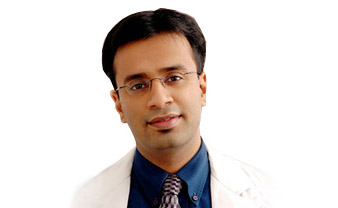

Dr. Debraj Shome is Director and Co founder of The Esthetic Clinics. He has been rated amongst the top surgeons in India by multiple agencies. The Esthetic Clinics patients include many international and national celebrities who prefer to opt for facial cosmetic surgery and facial plastic surgery in Mumbai because The Esthetic Clinics has its headquarters there.
